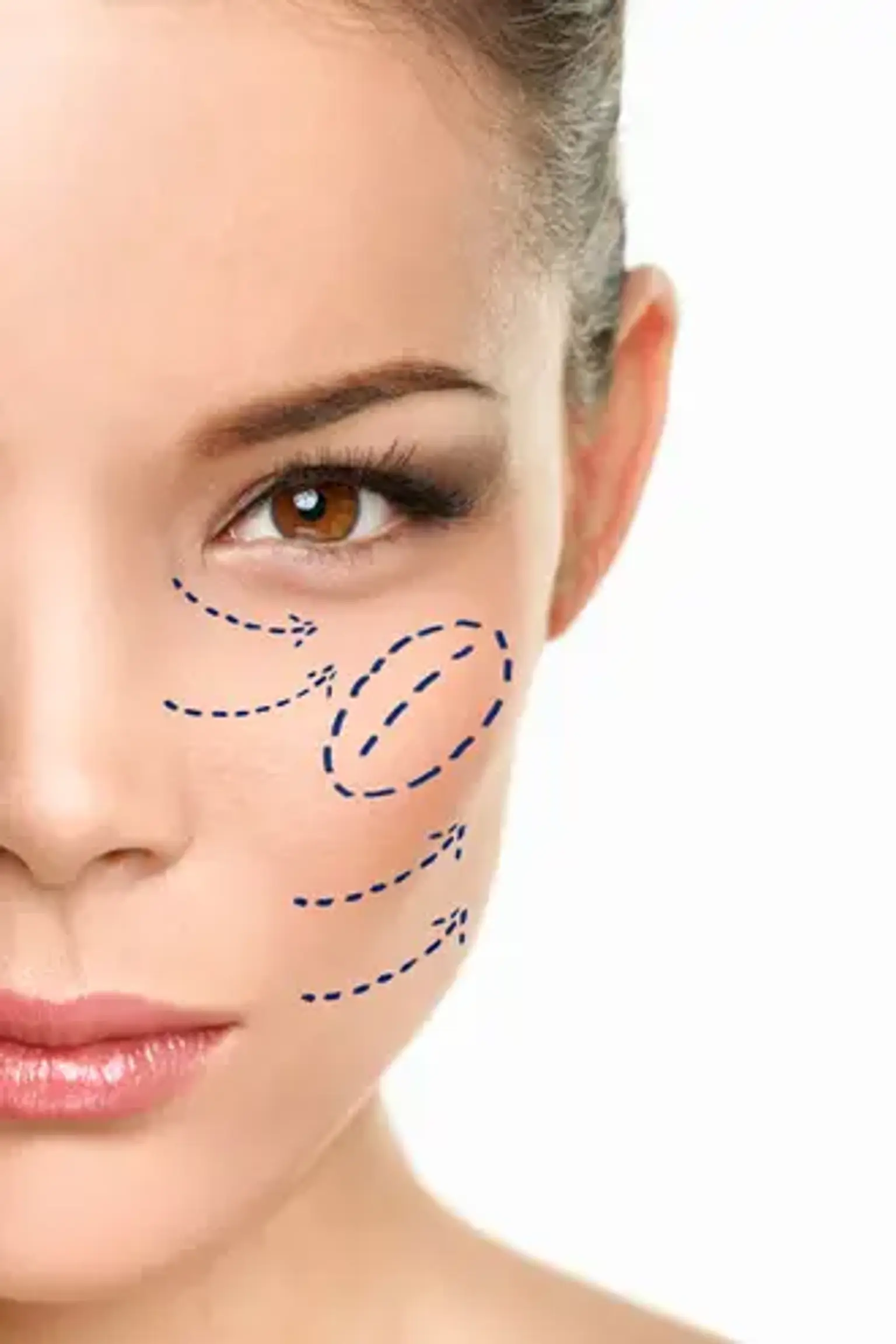Introduction
Cheekbone Reduction Surgery is a cosmetic procedure designed to reduce the prominence of high or wide cheekbones, creating a more balanced and aesthetically pleasing facial structure. This surgery reshapes the zygomatic bone (the bone beneath the eye) to enhance facial symmetry, which can improve overall appearance and boost confidence.
People choose this surgery for a variety of reasons, including dissatisfaction with the shape of their cheekbones or a desire to achieve a more harmonious face. Whether aiming for a softer look or adjusting facial proportions, this procedure offers both aesthetic and emotional benefits.
What is Cheekbone Reduction Surgery?
Cheekbone reduction involves surgically altering the zygomatic bones to achieve a more refined face. Surgeons typically use techniques such as bone shaving or zygoma reduction to make the cheekbones less prominent. The goal is to create a more balanced and proportionate look for the face.
Types of Surgery:
Zygomatic Bone Reduction: The most common approach, where the bone itself is reduced or repositioned.
Bone Shaving: A less invasive technique, where the bone is shaved down to smoothen the contour.
